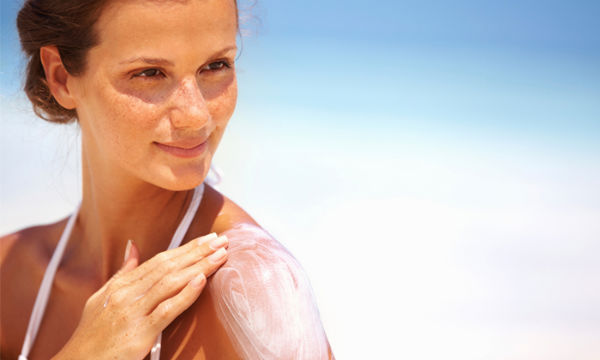Top 4 Sunscreen Protection Tips
You know you should wear it. You pack it in every beach bag, and ensure that your moisturizer has at least a dollop of SPF. Heck, you’ve even listened to the Baz Luhrmann song, “Sunscreen” at the height of its popularity (and maybe even a couple of times in the secrecy of your car). But what do you really know about sunscreen? Do you know how often you should apply it? And what happens when you apply two different SPF factors on top of one another? What’s the difference between a chemical barrier and physical barrier sunscreen?
Think of this article as your 411 on sunscreen. Read over the information contained here, and you’ll never have to stare at your sunscreen bottle with a quizzical look ever again!
Top 4 Sunscreen Protection Tips
• If you’ve ever wondered what the ideal SPF factor is for your skin, the frustrating answer is…it depends – on your skin type and the latitude at which you are catching some rays. Most people require a minimum of SPF 30, but there are some fair-skinned people who require an SPF of 70 or higher, and conversely, darker-skinned individuals will require a smaller SPF. What’s more, your distance from the equator will influence the amount of SPF protection needed; for example, if you’re vacationing closer to the equator, you’ll need to increase your SPF factor by a lot, as the sun is much stronger here.
As a rule of thumb, if you have fair skin, freckles, and light hair, ensure that you’re using a sunscreen with an SPF of 50 or higher. This should be the protection factor listed on the bottle, as two layers of SPF 25 sunscreen do not equal a SPF 50!
• Sunscreen shouldn’t just be a summertime accessory; make sure you wear it in the winter as well. Although the sun is weaker during the colder months, UV rays can still wreak havoc on your skin, especially if you’re skiing in higher altitudes. Make applying sunscreen a regular habit, like brushing your teeth or showering. Use a moisturizer or makeup pre-mixed with SPF, as this can remove a step from your already harried beauty routine.
• You may be diligent about applying sunscreen as soon as you get to the beach; however, if you’re not applying it regularly, you’ll still get burned. Apply a new layer of sunscreen every hour, or after you go into the water or engage in a sweaty sports session. Sunscreen is easily removed by sweat and water, so you won’t be safe after swimming or playing beach volleyball. Some high-quality sunscreens, like EltaMD, will last significantly longer and will stand up to sweat and water!
• Chemical barrier sunscreens rely on a combination of chemicals – usually 8 to 12 – to cover the entire UV light spectrum. It must be applied 30 minutes prior to sun exposure because it must be absorbed into your skin before it can be effective. It functions by breaking down the UV rays after they have penetrated your skin. Physical barriers are comprised of one or two chemicals – zinc oxide and/or titanium – and are effective as soon as applied. Unlike, chemical sunscreens they do not let the harmful UV rays penetrate your skin, as they reflect these rays at the surface. Physical barrier sunscreens are a touch thicker, but can still be rubbed in so that you don’t turn yourself white. We recommend physical barrier sunscreens as they are more effective, and safer for your body – and more kid friendly!
Of course, sun damage happens – and that’s why you should have a cosmetic dermatologist and surgeon on hand. If you already have sun-damaged skin – hyperpigmentation, brown spots, and other sun-related issues, then we have skin care products and procedures to help you treat your skin. Schedule a consultation with Dr. Song at Song Plastic Surgery in Irvine, California today.


